- Login
- Cart{{shopingCartNum}}
- English
Sudden cardiac death (SCD) refers to sudden death caused by heart-related reasons, usually occurring within an hour of onset. Its main cause is abnormal cardiac electrical activity, such as ventricular fibrillation, ventricular tachycardia, or other severe arrhythmias. These abnormalities can lead to ineffective blood pumping by the heart, resulting in ischemia and hypoxia of vital organs throughout the body, rapidly leading to death.
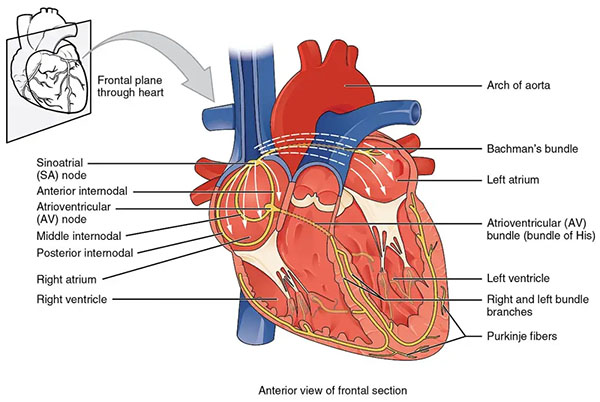
- Acute myocardial infarction: Occlusion of heart blood vessels leading to myocardial ischemic necrosis.
- Myocardial ischemia: Prolonged myocardial ischemia can lead to arrhythmias.
- Hypertrophic cardiomyopathy: Thickening of the myocardium, which may lead to arrhythmias and cardiac dysfunction.
- Dilated cardiomyopathy: Enlargement of the heart, weakened contractile function, and susceptibility to arrhythmias.
- Ineffective cardiac pumping leading to poor blood circulation, triggering arrhythmias.
- Long QT syndrome: Prolonged QT interval on electrocardiogram, predisposing to lethal arrhythmias.
- Brugada syndrome: Abnormal electrocardiogram, leading to lethal ventricular arrhythmias.
- Catecholaminergic polymorphic ventricular tachycardia (CPVT): Ventricular tachycardia triggered by exercise or emotional stress.
- Ventricular fibrillation: Rapid, disorganized contractions of the ventricles, leading to ineffective blood pumping.
- Ventricular tachycardia: Rapid and coordinated contractions of the ventricles, resulting in reduced cardiac output.
- Structural heart defects may lead to abnormal cardiac electrical activity.
- Severe electrolyte imbalances: such as hyperkalemia, hypokalemia.
- Drug toxicity: Some drugs may trigger arrhythmias.
- Acute myocarditis: Inflammation of the myocardium caused by viral infections, among other reasons.
For high-risk individuals, doctors may recommend preventive measures such as medication and implantable cardioverter-defibrillator (ICD) use.
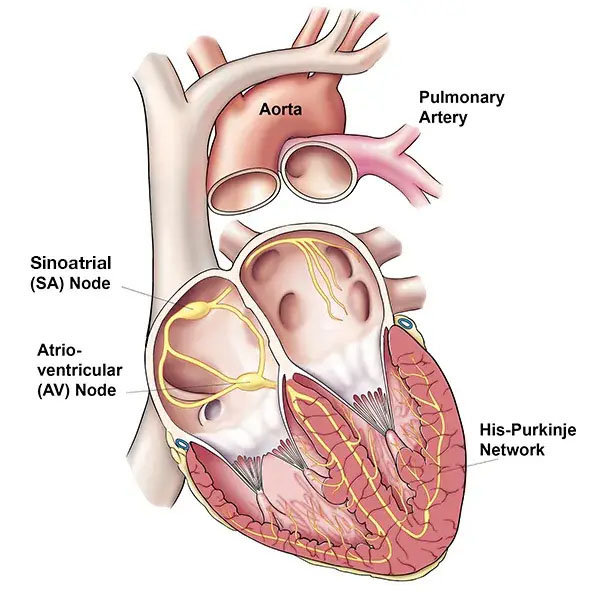
Sudden cardiac death usually occurs suddenly, but sometimes there may be warning signs. Identifying these signals promptly may help prevent tragedy. Here are some common warning signs:
1. Chest pain or discomfort: Persistent or intermittent discomfort in the chest, especially during exercise or emotional stress.
2. Palpitations: Rapid, slow, or irregular heartbeat, feeling the heart pounding or skipping beats.
3. Shortness of breath: Sudden onset of breathlessness during exercise or at rest.
4. Fainting or near-fainting feeling: Sudden dizziness, fainting, or near-fainting, especially related to physical activity or emotional stress.
5. Extreme fatigue or weakness: Severe fatigue or weakness without apparent cause, especially if it persists.
6. Nausea or vomiting: Stomach discomfort accompanied by other cardiac symptoms.
7. Angina: Sudden severe chest pain during rest or daily activities, often radiating to the left arm, neck, or jaw.
8. Sweating: Unexplained cold sweats, especially when accompanied by chest pain or palpitations.
9. Sudden loss of consciousness: Temporary inadequate blood supply to the brain due to the heart's ineffective pumping.
If any of these symptoms occur, especially in individuals with risk factors such as coronary artery disease, hypertension, diabetes, or a family history of heart disease, immediate medical attention and examination are advised. Timely medical intervention can significantly reduce the risk of sudden cardiac death.
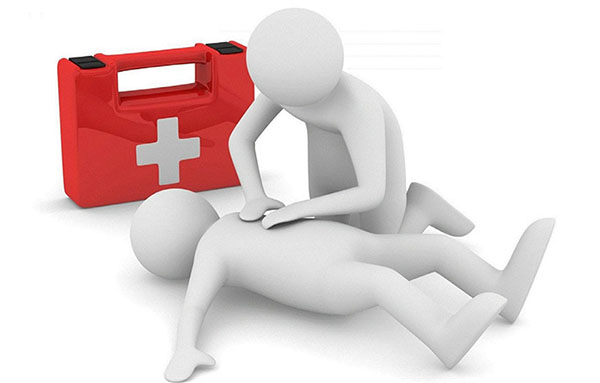
In the event of sudden cardiac death, timely and correct first aid measures are crucial and may save the patient's life. Here are the steps for first aid:
- Ensure the safety of the rescuer and the patient's surroundings, then approach the patient.
- Tap the patient gently and shout loudly to check for a response. If there is no response, seek help immediately.
- Immediately call for emergency help and inform nearby individuals to seek assistance.
- Compression position: Place the heel of one hand on the lower half of the patient's sternum, with the other hand stacked on top, fingers raised.
- Compression rate: 100-120 compressions per minute.
- Compression depth: Approximately 5-6 centimeters for adults.
- Compression-to-ventilation ratio: After 30 compressions, perform 2 breaths. If not trained, perform chest compressions only.
- If an AED is available, bring and use it immediately. Turn on the AED and follow the device's voice prompts. The AED will automatically analyze the rhythm and decide whether a shock is needed.
- If a shock is needed, ensure no one is in contact with the patient and press the shock button.
- Regardless of whether an AED is used or a shock is administered, continue CPR until emergency personnel arrive or the patient regains responsiveness.
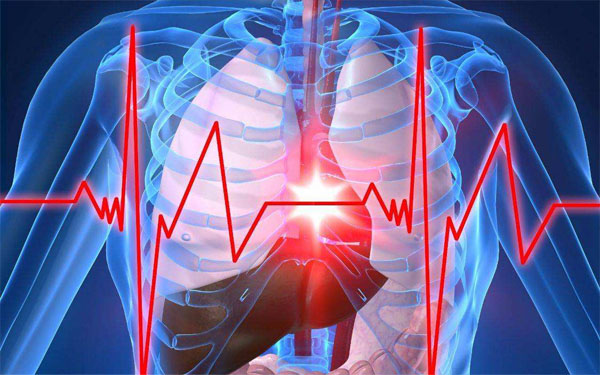
- Stay calm: Try to remain composed and follow the steps.
- Continue first aid: Sustain first aid efforts until professional rescuers take over.
- Training and practice: Regularly attend CPR and AED training courses to enhance first aid skills and confidence.
Following these steps can significantly improve the chances of survival for sudden cardiac death patients.
1. Healthy diet: Maintain a balanced diet, with an emphasis on consuming fruits, vegetables, whole grains, and lean meats, while reducing intake of saturated fats, trans fats, high-salt, and high-sugar foods.
2. Regular exercise: Engage in at least 150 minutes of moderate-intensity aerobic exercise per week (such as brisk walking, swimming), or 75 minutes of high-intensity aerobic exercise (such as running, jumping rope).
3. Maintain a healthy weight: Control weight to avoid obesity, which increases the risk of heart disease.
4. Avoid smoking: Smoking is a significant risk factor for heart disease, and quitting can significantly reduce the risk of heart disease and sudden death.
5. Limit alcohol consumption: Consume alcohol in moderation, with a daily limit of no more than two drinks for men and one drink for women.
1. Regular monitoring of blood pressure, blood sugar, and cholesterol: High blood pressure, diabetes, and high cholesterol are significant risk factors for heart disease and should be regularly monitored and controlled within normal ranges.
2. Cardiac examinations: Individuals with a family history of heart disease or other high-risk factors should undergo regular cardiac examinations, such as electrocardiograms, echocardiograms, etc.
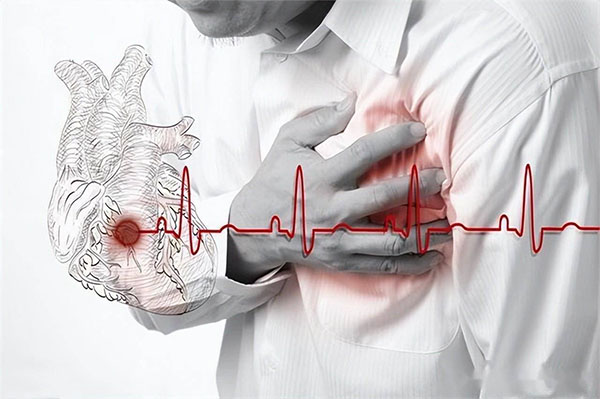
1. Recognize symptoms of heart disease: Understand the symptoms of heart disease, such as chest pain, shortness of breath, palpitations, fainting, etc. Seek medical attention promptly if these symptoms occur.
2. Control chronic diseases: Patients with hypertension, diabetes, high cholesterol, and other chronic diseases should strictly control their condition and follow prescribed medication.
3. Medication therapy: For patients at high risk of heart disease, doctors may prescribe preventive medications such as antiplatelet drugs (e.g., aspirin) and statins (cholesterol-lowering drugs).
1. Avoid excessive exertion and stress: Balance work and life, and avoid excessive exertion. Learn stress-reducing techniques.
2. Know family medical history: Understand if there is a family history of heart disease, which can help doctors assess your risk level.
3. Attend first aid training: Learn CPR and AED use, master first aid skills, and potentially save lives in critical situations.
By taking these preventive measures, the risk of sudden cardiac death can be significantly reduced, and heart health can be maintained.
By increasing awareness of sudden death and adopting scientific preventive measures, we can effectively reduce its occurrence. Paying attention to one's own and others' health, undergoing regular medical check-ups, and maintaining a healthy lifestyle are key to preventing sudden death.